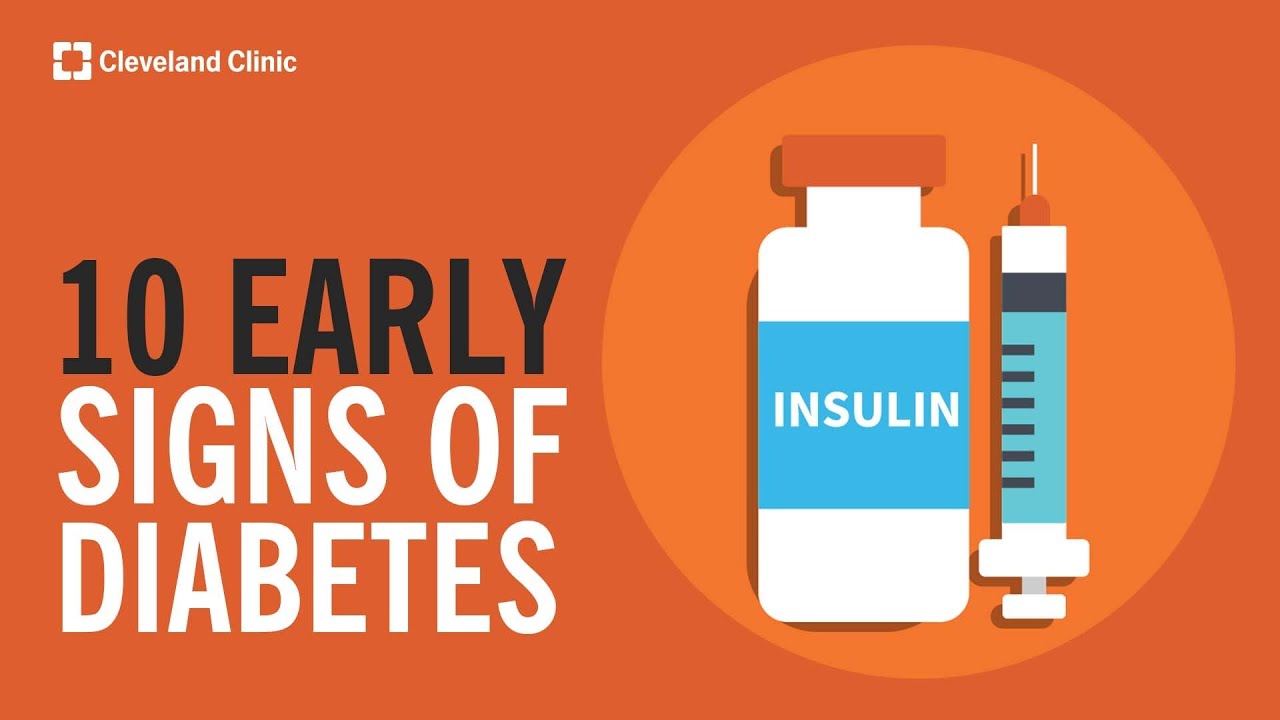Insulin pump improves metabolic control in children with diabetes
Reuters Health • The Doctor's Channel Daily Newscast
The findings, reported online March 15th in the Journal of Pediatrics, stem from a study of 66 children with diabetes of at least 5 years’ duration who received their diagnoses before 6 years of age. Thirty-four had initiated treatment with multiple daily insulin injections, and 32 had started right off with continuous subcutaneous insulin infusion via pumps.
During 7 of 8 years of follow-up, the continuous infusion group had significantly lower mean HbA1c levels. In fact, over time all but three children taking injections switched to continuous infusions due to elevated HbA1c levels, according to the researchers.
Lead author Dr. Veronique Sulmont, from University Hospital of Reims, France, and colleagues also report that children using the pumps had a lower risk of severe hypoglycemia: 9.8 episodes per 100 patient-years vs. 22.3 with multiple daily injections (p = 0.016).
Children treated with multiple daily injections had increasing HbA1c values during follow-up, whereas with continuous infusion, HbA1c levels rose during the first 2 years only and then stabilized.
Six children abandoned the pumps, including 4 who refused to wear them.
The authors emphasize that when their pediatric patients receive insulin pumps, they teach the parents to be flexible with “insulin dosage and number of boluses according to the variations in the child’s appetite, or to correct hypoglycemia.”
“This can play a role in maintenance of long-term good metabolic control and reductions in the frequency of hospitalizations for intercurrent illness” in children receiving continuous subcutaneous insulin infusions, they said.
Reference:
J Pediatr 2010.








